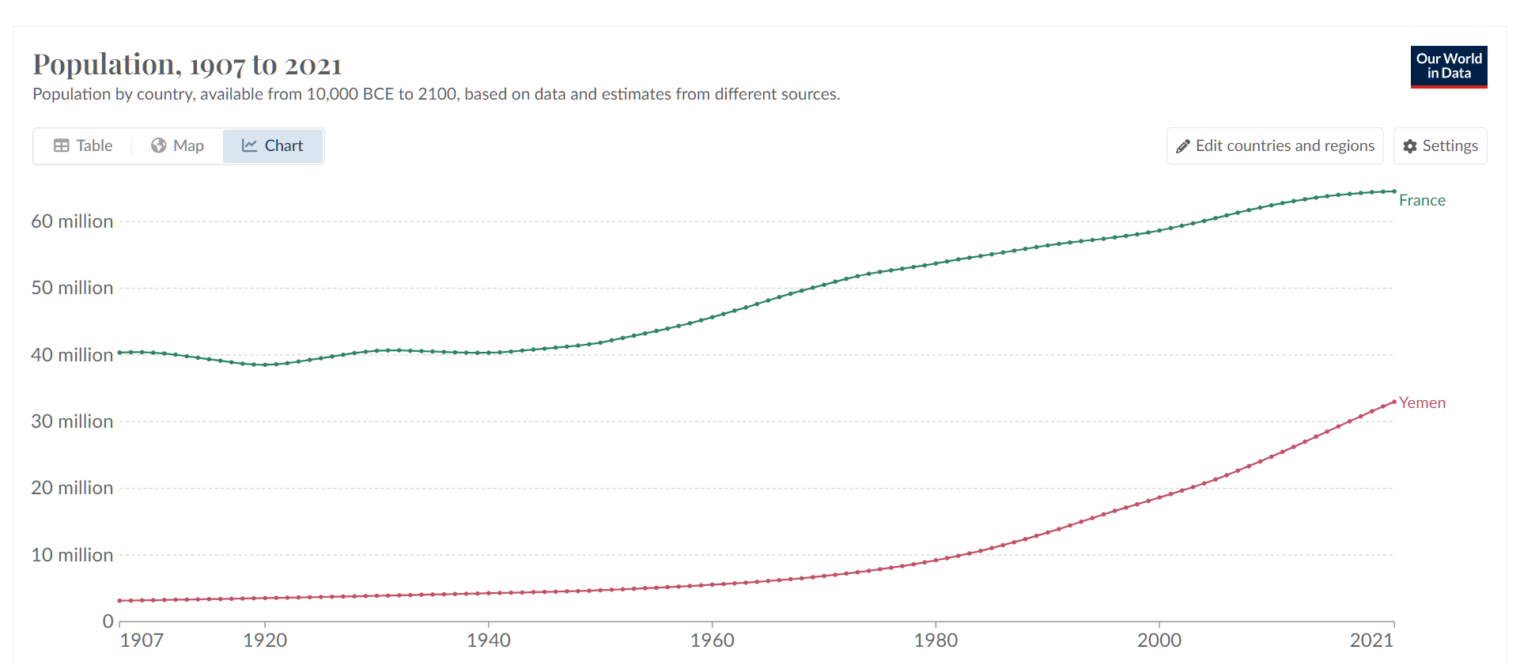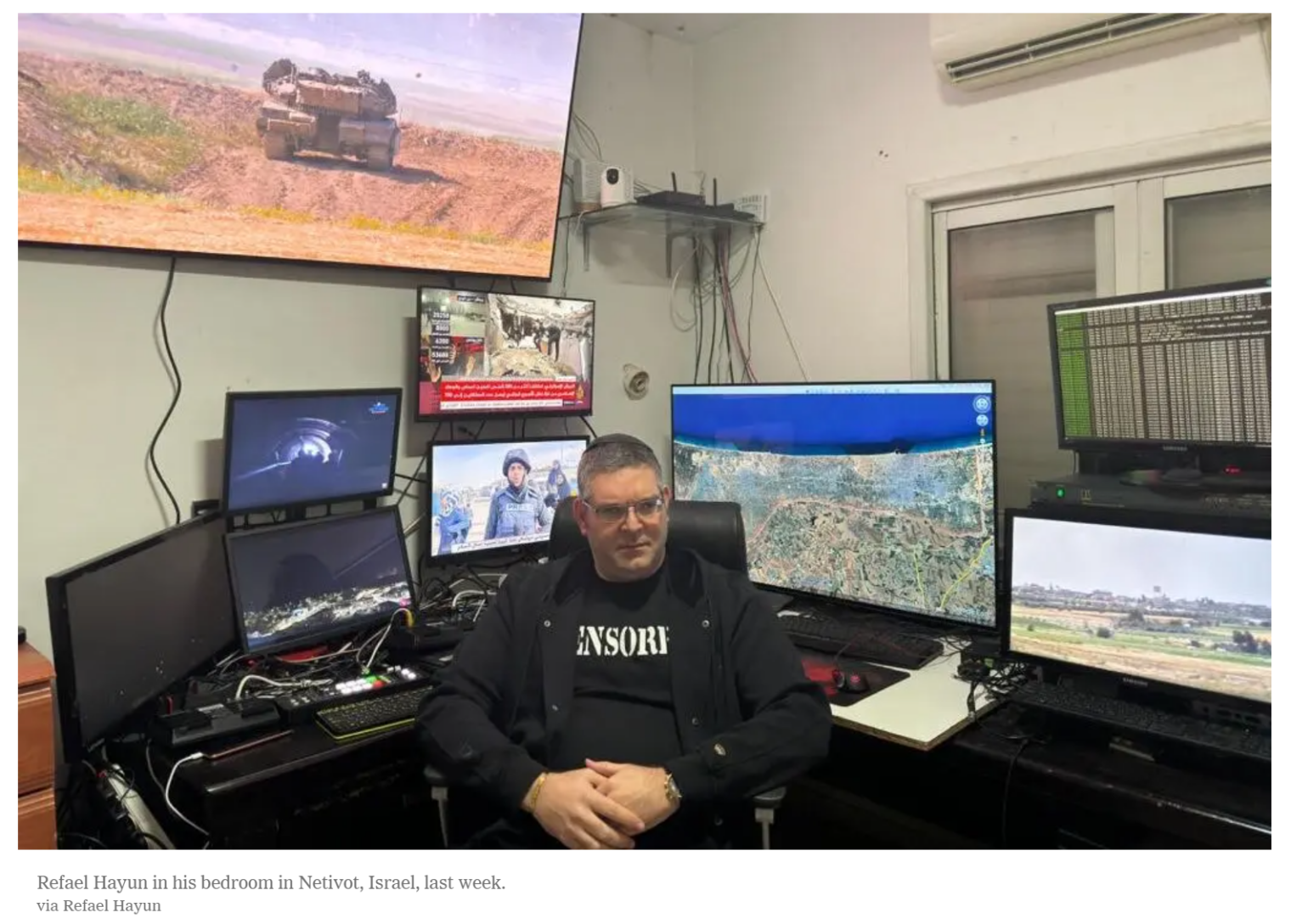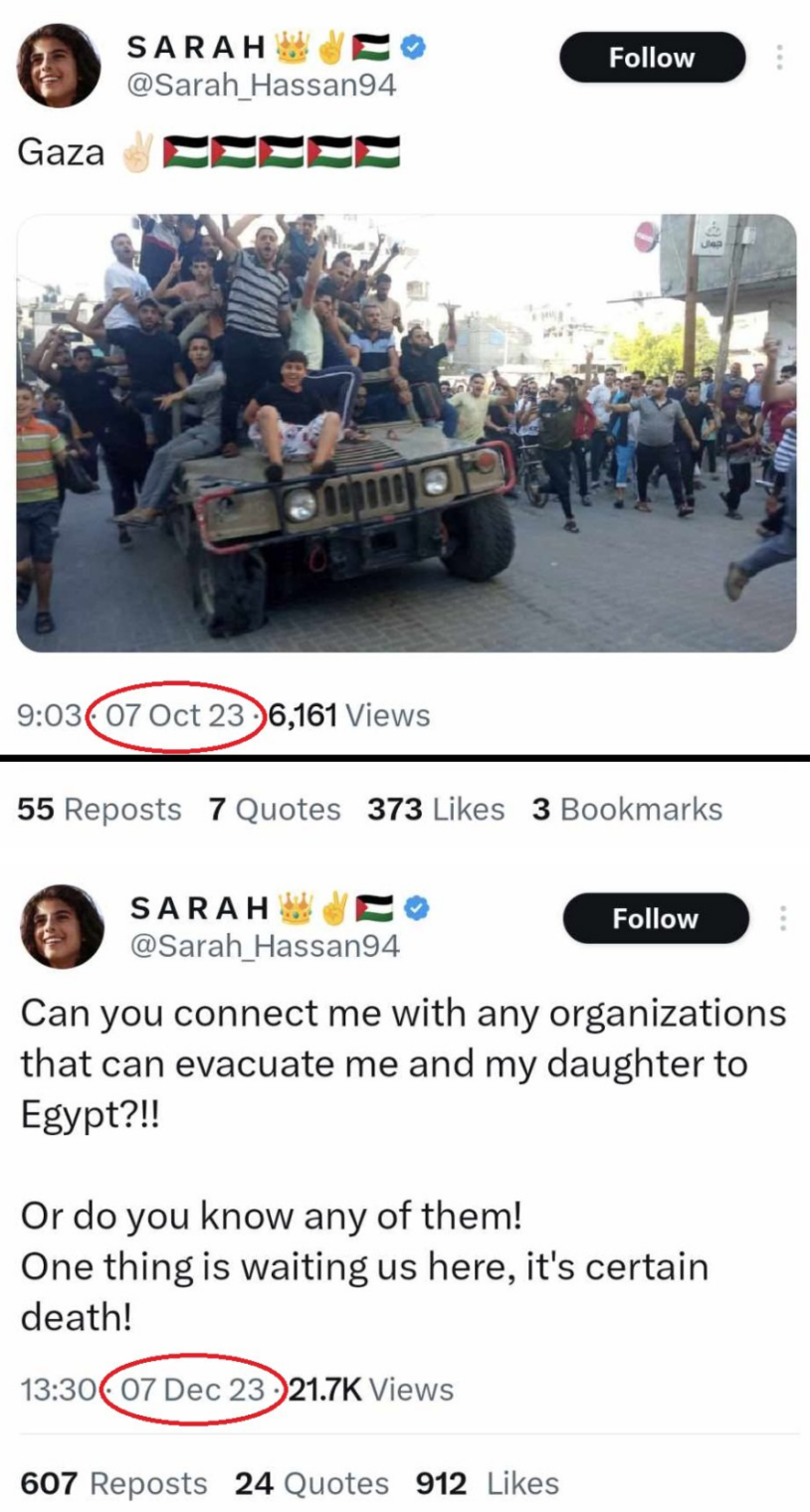Readers will be familiar with repeated questions of how our asylum-based immigration system is supposed to work. People are invited to become U.S. residents and then citizens based on a fear of violence in their country of birth. Thus, immigrants to the U.S. may have no affinity for the U.S. and nothing in common with other immigrants or natives other than a desire to avoid being killed.
Let’s see how this is playing out in California, the U.S. leader in diversity via immigration (stats below). A native-born Jew disagreed with a Muslim immigrant and the Jew ended up dead (Wikipedia).
Paul Kessler was an instrument-rated Private pilot. I couldn’t find much else that was authoritative about him.
Loay Alnaji (from a memory-holed web page at Ventura County Community College; pulled from the Google cache):
Note that “surahmeaning.com”, listed as part of his personal contact info, may relate to chapters in the Koran (“Surah“).
Are these the only two Californians who’ve been fighting recently? Let’s check this ironic headline from ABC:
Some detail on the event from the Paper of the Deplorables… “Gal Gadot’s screening [in Los Angeles] of Hamas terror attack film ends in mass brawls between pro-Israel and pro-Palestinian protesters” (New York Post, November 9, 2023):
Police officers were already out in force around the ironically named Museum of Tolerance for the “Wonder Woman” actress’s screening of “Bearing Witness to the October 7th Massacre,” which uses Israel Defense Forces footage.
Even so, wild videos posted online showed people waving Israeli flags and brawling in the streets with pro-Palestinian protesters — kicking and punching one another.
Police formed a skirmish line in an effort to control the unruly crowd — and ultimately used pepper spray, according to ABC 7.
Los Angeles Mayor Karen Bass decried the violence in the aftermath.
“We’re not antisemitic, we’re anti-Zionist,” the unidentified protester told Rolling Stone.
UCLA:
At a decolonization rally in Los Angeles: the crowd chants “we are all Palestinians” and promises to “globalize the intifada”. Nobody wants to go to Gaza (via Egypt/tunnels) or the West Bank (easy) and fight on the side of virtue (see Why won’t the people who say that Israel is committing genocide go to Gaza and fight?). So “globalize the intifada” has to mean something that can be done in the U.S. and, likely, in California. Is it fighting with Jews in the streets? Fighting against Jewish-owned businesses? Fighting against fellow residents of California who support continued ties with Israel? Preventing fellow Californians from using the Bay Bridge (cost $6.5 billion in pre-Biden money to repair earthquake damage, up from an original budget of $250 million)?
A well-coordinated group of hundreds of Pro-Palestine protesters shut down the Bay Bridge on Thursday morning, tying up traffic during rush hour and calling out to world leaders to end the war in Gaza during the APEC summit.
The four-hour chaotic event, which started around 7:45 a.m., ended with at least 70 arrests and 29 towed cars. All lanes finally reopened just before noon, but not after at least 200 protesters had chained themselves together and purposefully tossed their car keys into the bay, stalling efforts to reopen the span to frustrated drivers.
Is it fair to say that the conflict in and around Gaza has exposed the fact that Californias have little or nothing in common?
And on the other coast… “Two women arrested in NYC attack on Jewish victim who confronted them for tearing down hostage posters: cops” (New York Post):
Mehwish Omer, 26, surrendered to police Monday morning and was charged with assault and criminal mischief — both as hate crimes — in connection to the attack on the 41-year-old woman at the corner of Riverside Drive and West 82nd Street just before 10 p.m. Nov. 9, authorities said.
Her alleged accomplice, Stephanie Gonzalez, 25, was cuffed a week earlier and also faces a hate crime assault rap, as well as an attempted robbery charge, cops said.
The duo allegedly assaulted the victim — ripping off her Star of David necklace and knocking a cellphone out of her hand — after she challenged them for ripping the “Missing Persons” posters from a light pole at the intersection, according to police.
“Mehwish” is an Islamic first name, according to The Google. “Gonzalez” suggests a Latinx individual. The victim was, presumably, Jewish. Diversity was supposed to be New York’s strength, but these three did not have enough shared values to avoid a physical fight.
What about the next stop south on I-95? “Philadelphia Jewish Restaurant Targeted With ‘Genocide’ Chants” (Newsweek):
Philadelphia lawmakers and Jewish commentators have hit out at demonstrators who targeted a falafel restaurant in Philadelphia owned by an Israeli Jewish chef, chanting slogans accusing it of “genocide.”
On Sunday, footage emerged of a group of pro-Palestinian demonstrators gathering outside Goldie on midtown Sansom Street who were chanting “Goldie, Goldie you can’t hide, we charge you with genocide.”
According to The Philadelphia Inquirer, the march was organized by the Philly Palestine Coalition, which in October called for a boycott of “Zionist”-owned businesses in the city, including Goldie outlets and others owned by Michael Solomonov.
At the same time, other video footage of a demonstration near the University of Pennsylvania campus in Philadelphia showed protestors chanting “intifada revolution” and “long live the intifada,” though it is unclear if it is the same group that congregated outside Goldie.
Same question: How is diversity Philadelphia’s strength if the motley assemblage has nothing in common other than mutual animosity?
Circling back to California, it is the state with the highest percentage of immigrants, around 27 percent of the total population. How does that compare to the nation as a whole? “In October 2023, the Foreign-Born Share Was the Highest in History” (from the haters):
The Census Bureau’s Current Population Survey (CPS) shows that the total foreign-born or immigrant population (legal and illegal) was 49.5 million in October 2023 — a 4.5 million increase since President Biden took office and a new record high. At 15 percent, the foreign-born share of the U.S. population is also the highest ever recorded in American history. … The scale of immigration is so high that it appears to have made the new Census Bureau population projections, published on November 9 of this year, obsolete. The bureau projected that the foreign-born share was not supposed to hit 15 percent until 2033. … While a large share of the recent foreign-born growth is due to illegal immigration, legal immigrants still account for three-fourths of the total foreign-born population.
So… California shows us what the U.S. will be like if present trends continue. It wasn’t a great place for either Paul Kessler (now dead) or Loay Alnaji (the immigrant now embroiled in the criminal justice system; he couldn’t have killed a Jew if he’d hadn’t emigrated because Islamic countries have been almost entirely free of Jews since the late 1940s (900,000 Jews were forced out by Muslim neighbors or emigrated to Israel voluntarily)).
Previous posts regarding immigrants who did not enjoy diversity in the U.S.:
Full post, including comments 























